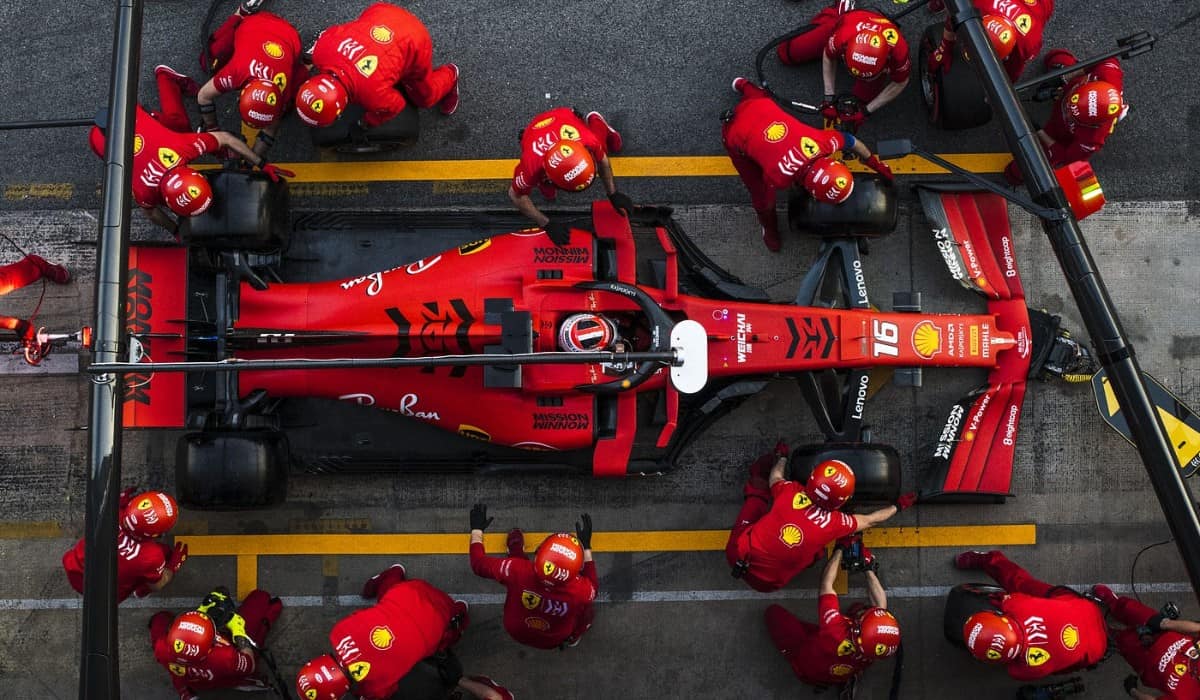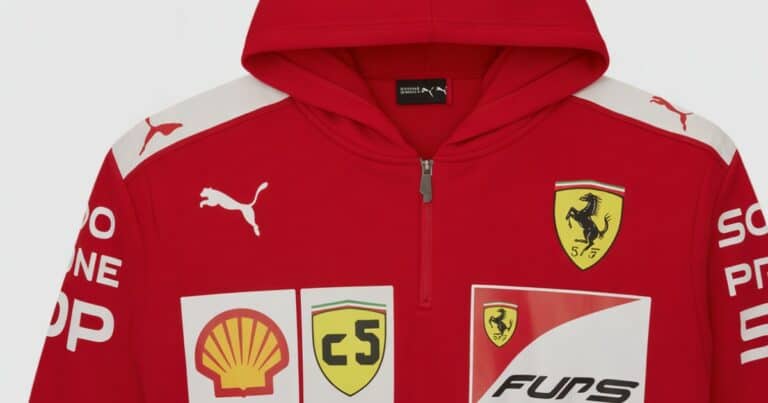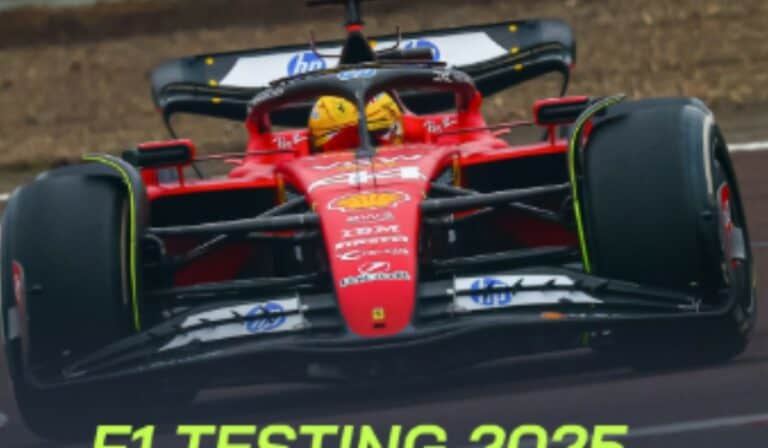Race Strategy in Formula 1: Explanation and Key Factors
Race strategy is one of the most critical components that determines the outcome of a Formula 1 Grand Prix. While raw speed and driver skill are essential, a well-planned strategy can make the difference between victory and defeat. Formula 1 racing strategy goes far beyond just driving fast — it involves precisely timing pitstops, selecting the right tire compounds, managing fuel usage (although refueling is no longer permitted during races), and predicting competitor behavior in real time.
Why Race Strategy Matters in Modern F1
Even a slightly slower car can finish on the podium or even win ; when the F1 race tactics are executed flawlessly. That’s why top F1 teams invest heavily in data analytics, simulations, and predictive modeling to develop the best strategic plans for each race weekend.
Every Formula 1 race strategy is a team effort. Engineers, strategists, data analysts, and F1 drivers collaborate before and during the race to create a flexible plan that can adapt to changing conditions. Whether it’s tire degradation, weather changes, or the timing of a safety car, the ability to make quick, smart decisions is what often separates champions from the rest.
A successful Formula 1 pit strategy is built around maximizing performance while minimizing time lost — and that involves choosing the ideal pit window, reacting to rivals’ moves, and understanding tire wear on a lap-by-lap basis. In modern F1, managing tire temperature, grip, and performance is just as important as overtaking on the track.
From soft tire stints to undercut and overcut strategies, and from defending track position to exploiting DRS zones, today’s Formula 1 is as much about brains as it is about speed. As we’ll explore in this guide, mastering F1 tire strategy and race planning is essential to success — whether you’re a dominant team like Red Bull or an underdog chasing valuable points.
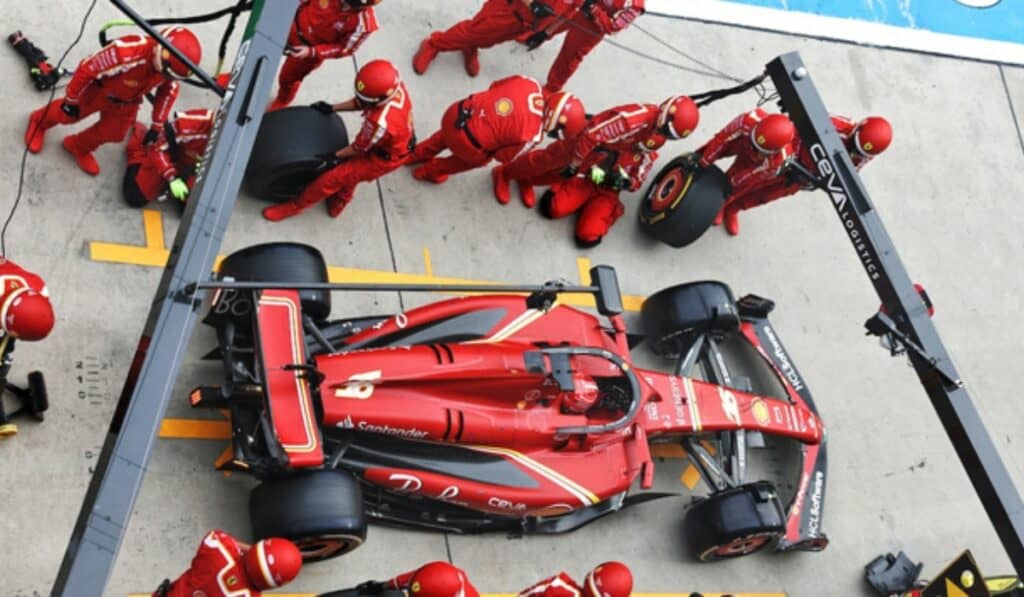
Why is a good race strategy crucial?
In Formula 1, the differences between cars and drivers are often very small. Therefore, a good strategy can make the difference between winning and losing. Even the fastest driver can lose without a well-thought-out approach.
A good race strategy helps to:
- Use tires efficiently
- Avoid traffic jams on track
- Plan pitstops optimally
- Manage tire degradation and performance
- Create overtaking opportunities
This is where the psychology of overtaking in Formula 1 becomes a critical part of racing tactics, especially when trying to gain positions through strategic pit windows or tire advantages.
Key elements of a race strategy
Tire management
Tires are the key to speed and grip. There are several types of tires, each with its own characteristics:
- Soft tires: Fast but wear out quickly.
- Medium tires: A balance between grip and durability.
- Hard tires: Slower but more durable, suitable for long stints.
Teams select tire compounds based on the circuit, weather conditions, and the driving style of their driver. Understanding how tire wear interacts with F1 pit stop performance is essential to optimizing pace and timing.
Pitstop planning
Pitstops are moments to change tires and make minor adjustments. Although refueling during the race is no longer permitted, the timing and number of pitstops remain critical. The more pitstops you have, the more time you lose in the pits, but fresh tires can make you faster on track.
Race strategy determines how many pitstops are needed and when they should happen to find the best balance between speed and time lost. These decisions often define the outcome, and they’re widely covered in the latest Formula 1 news as teams push the limits of performance.
Weather conditions
Rain or changing weather can completely alter the course of a race. Teams keep a close eye on weather forecasts to quickly switch between dry (slick) tires and wet tires when needed.
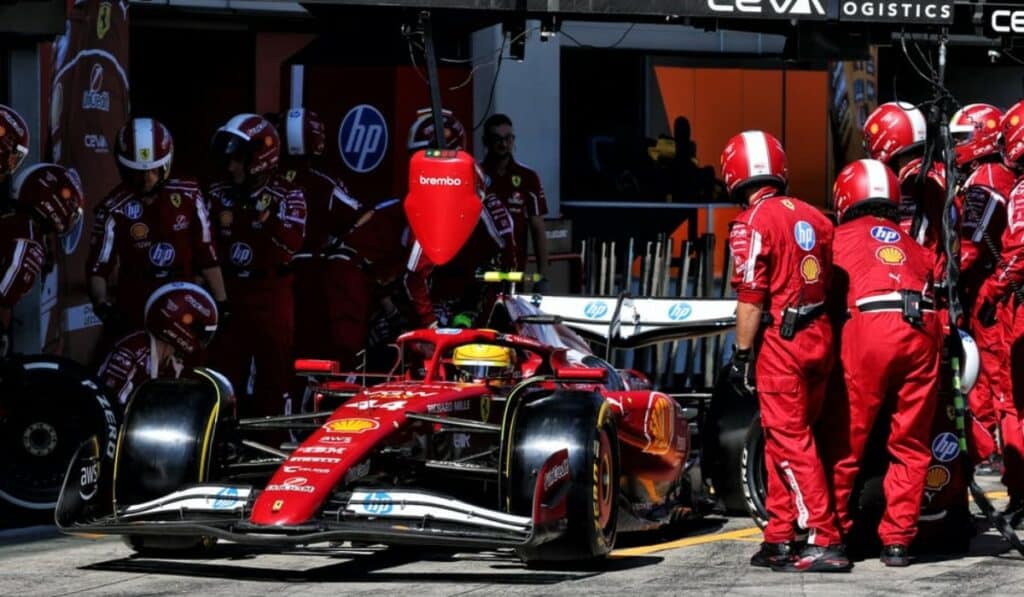
Safety Cars and unexpected events
A safety car can disrupt the entire race strategy. Teams must be flexible and adapt their plans when a safety car neutralizes the field to avoid losing positions. This adaptability was clearly seen during dramatic races like the F1 Las Vegas Grand Prix, where strategy shifts were crucial due to on-track chaos and changing conditions.
Types of race strategies in Formula 1
One-stop strategy
In this approach, the driver makes only one pitstop during the race. This strategy can be risky because it involves longer runs on the same tires. It’s usually beneficial on circuits where tires don’t degrade quickly.
Two-stop strategy
The most common strategy, involving two pitstops. This allows drivers to run faster laps on fresher tires but requires careful timing to offset the time lost in the pits.
Three or more stops
Rarely used because additional pitstops cost too much time. Sometimes applied under special circumstances or to follow a very aggressive race plan.
How is a race strategy developed?
Teams use advanced software and simulations to develop race strategies. Data from free practice sessions, qualifying, and previous races is combined with real-time information during the race.
Strategists analyze:
- Tire wear rates
- Lap times
- Positions of competitors
- Weather forecasts
- Track characteristics
They determine the best moments for pitstops and tire changes and adjust based on how the race unfolds. To understand how these decisions impact race results, especially for newer fans, the beginner’s guide to Formula 1 is a helpful starting point that breaks down strategies, tire rules, and team roles.
Examples of successful race strategies
Mercedes and Lewis Hamilton
Mercedes, especially with Lewis Hamilton, has employed excellent strategies on circuits like Silverstone and Monza. Perfectly timed pitstops and smart tire choices often helped them overturn deficits into wins.
Now, with the buzz surrounding a potential Lewis Hamilton Ferrari move, fans are eager to see how strategic approaches might shift at a new team.
Red Bull and Max Verstappen
Red Bull is known for aggressive and flexible strategies. Max Verstappen frequently benefits from early pitstops or clever use of safety cars to surprise opponents. Red Bull’s strategic success has helped solidify its place among the most successful F1 teams in modern history.
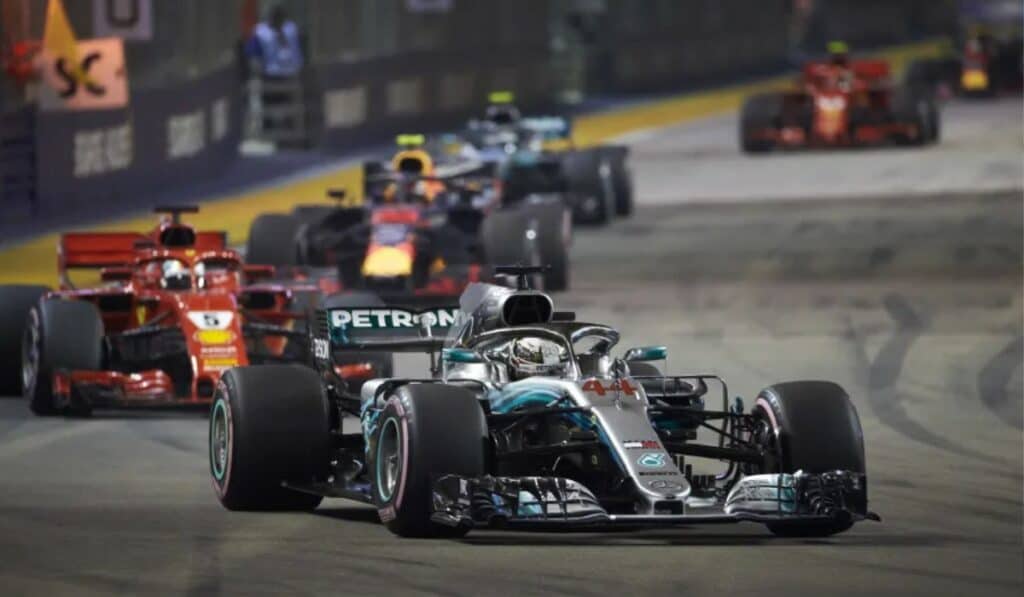
Common mistakes in race strategy
- Pitting too late, causing tires to degrade excessively
- Pitting too early and getting stuck behind slower cars
- Not accounting properly for weather changes
- Failing to adapt to safety car deployments
Tips for an optimal race strategy
- Analyze as much data as possible before and during the race
- Be flexible and ready to change the plan when needed
- Communicate clearly with the driver
- Monitor competitors’ behavior closely
- Balance risk and reward carefully
FAQs
What determines the choice of tires in Formula 1?
Track layout, weather, and tire wear rates all determine which tires are best suited.
Why is a pitstop so important?
Fresh tires provide better grip and speed, but pitstops cost time. Optimizing this trade-off is key.
How do teams react to a safety car?
They adjust their strategy to benefit from the reduced speed of the field, often pitting to minimize time loss.
Can a bad race strategy cause a good driver to lose?
Yes, even the best driver can lose if the strategy isn’t well executed.

